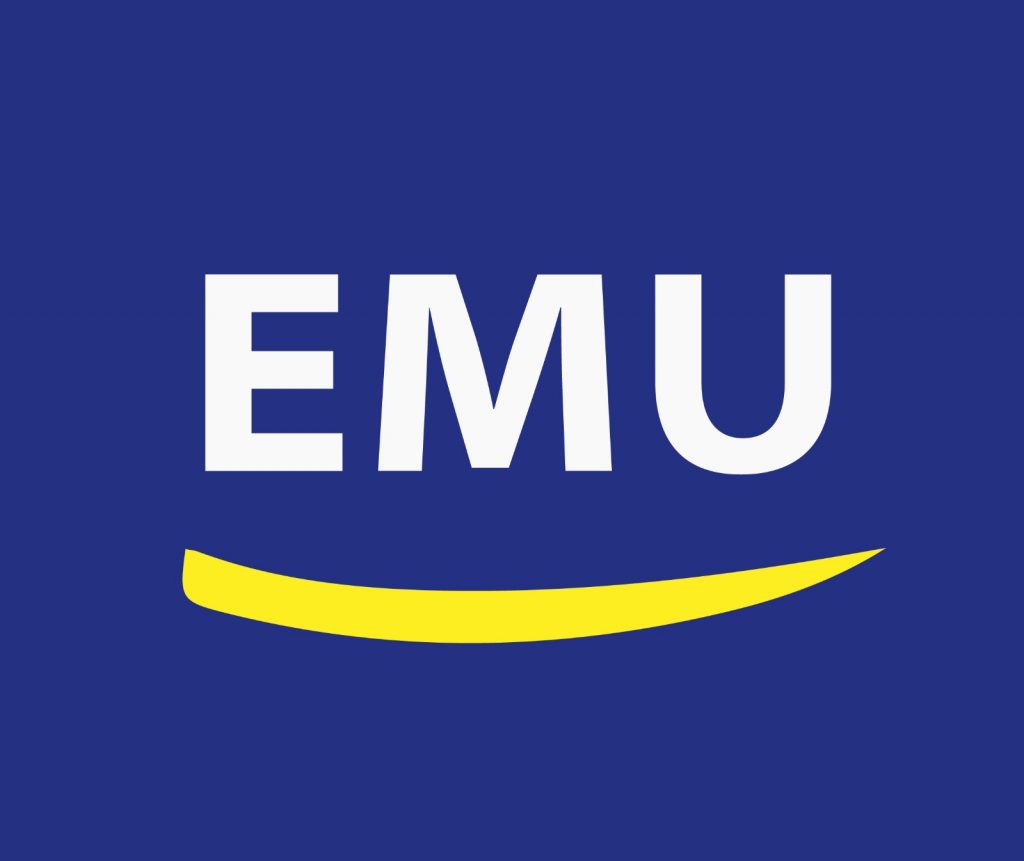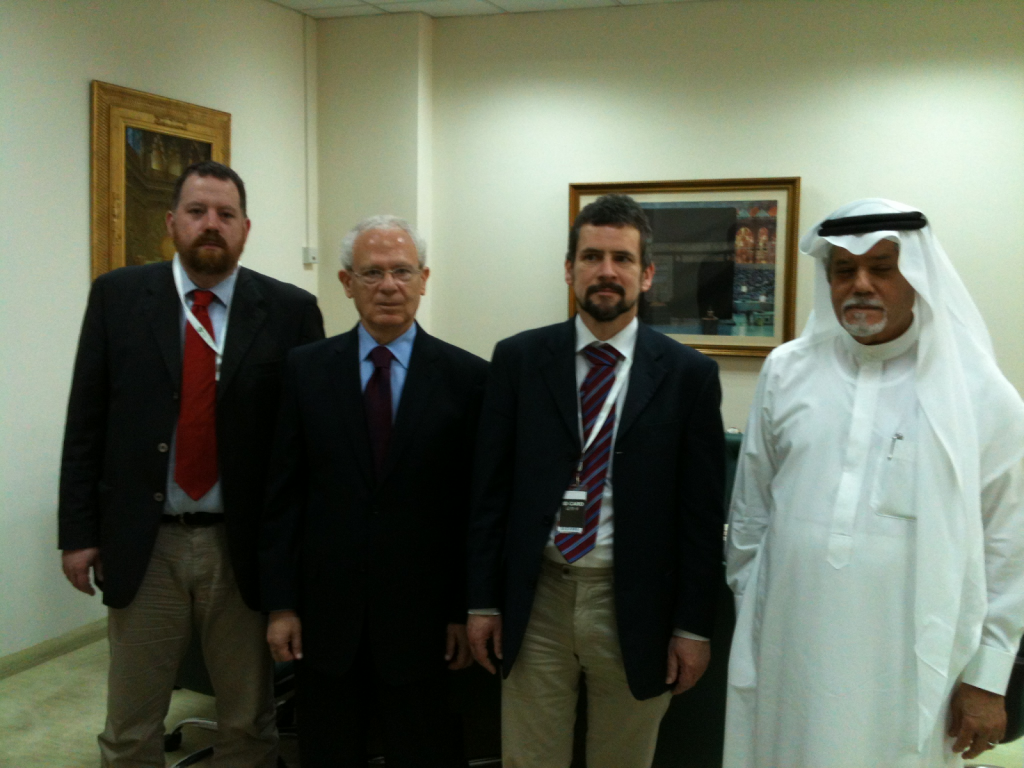On the potential of Muslims and their participation in a new European idea
Strasbourg (EMU) – In an interesting guest piece in the Sunday edition of Frankfurter Allgemeine Zeitung, Ursula von der Leyen, President of the European Commission, raised the prospect of a new European Bauhaus. She alluded to the outstanding role which the Bauhaus movement played in shaping the transition to an industrial society in the 20th century, with artists, architects and designers working together on the vision of a modern civilisation. A new initiative in the spirit of Bauhaus, the President proposes, might not only bolster the European Green Deal, but also nourish the urban development of our cities with creative proposals and give new impetus to today’s digital revolution.
The original Bauhaus pioneers wanted architecture, art and technology to coalesce, an aspiration relevant again today. Our current political concerns exhibit parallels with the Weimar Republic and the dynamics of its ideological conflicts. Bauhaus in the Weimar Republic emerged amid a parallel development: disharmony between collectivism and the ‘technicalisation’ of life. Furthermore, new media like radio and cinema were changing society and making it possible to mobilise the masses.
The Bauhaus movement attempted to explore new possibilities in modern life, especially through a new architecture conceived as social art. The movement aimed in fact to reconcile art and technology and improve people’s lives as a result. The functionalism of the 1920s attributed a primarily societal function to architecture. “In place of cathedrals – the residential machine,” wrote Oskar Schlemmer somewhat exaggeratedly in describing a new focus for modern architecture. “The metaphysical remains – art,” he added in his diary in 1922, commenting on the reality of secular society.
Leading representatives of the Bauhaus movement intended to diminish the importance of the individual in favour of human social responsibility. The author Robert Musil even proclaimed the end of individualism, focusing in his bestseller The Man Without Qualities on the collective fate of mankind. Bauhaus, however, was only active for a few years of the Weimar Republic, whose demise made way for ideologies to shape the political future of mankind.
It is worth looking even further back in time in this respect, all the way to the period of Weimar Classicism, to identify impulses still felt today. Goethe considered nationalism the lowest level of culture. He preferred evolution, the slow metamorphosis of societies as opposed to revolutionary tendencies. Goethe’s work was never compatible with ideologies. It was deeply European and included an understanding attitude towards Islam. Weimar Classicism and the Bauhaus movement can both play a role in finding European unity.
The city of Weimar, by opening a Bauhaus Museum and a memorial to the history of the Weimar Republic, has demonstrated its intention to be known not only for its Classicism, but also for its engagement with current affairs. It is already an important destination for Muslim visitors, who learn there about the peaks and abysses of German history. The city’s new museums could introduce Muslims to current discussions and stimulate their thinking.
The fact is that the crises of our time – environmental destruction, how to use dwindling resources responsibly, refugee crises, pandemic management – require a collective response. No nation in Europe can solve these problems alone. Individual civil rights and freedoms must also be guaranteed, from data protection all the way to the free exercise of religion. Europe’s religious communities are natural allies in any effort to ensure the preservation of the created world and a dignified, peaceful coexistence.
Von der Leyen seeks especially to highlight the social and cultural motives behind the historical Bauhaus movement. “The ground-breaking success of Bauhaus would have been inconceivable without the links it forged with art and culture and the social issues of the time,” she writes. Today’s social challenges will undoubtedly include consolidating the constructive role of European Muslims in our cities. This demands strong vision, given how much people’s religious affiliations tend to polarise.
The obstacles are obvious. In France, the phenomenon of parallel societies is currently the subject of controversial discussion, a debate fuelled by Muslim terrorists. There is no denying the conflation of social realities, youth radicalisation and immigration problems, especially in the banlieues. Right-wing populists offer only one bleak narrative of the hostility and non-compatibility of Muslims. It is the Muslims themselves who can convince European societies otherwise. It would be a disaster for Europe if the Muslims born and living here were not to see themselves as European citizens.
There is much in the Commission President’s article to inspire Muslims here to find a role in building a new Europe, one in which a new Muslim infrastructure plays an important part. As well as green mosque concepts and the development of a European Muslim architecture, this could include the creation of complementary digital services, from virtual marketplaces to neighbourhood help. How will today’s mosques evolve in their core function? That is a key social question in today’s Europe. They have the potential to enrich social life, especially in European ghettos. Bleak everyday realities in big cities are the context in which Muslims are often ideologised.
Yet the old vision of the mosque as part of other social and cultural institutions is difficult to realise in modern European cities. Appropriate spaces are hard to find. In the past, mosque and marketplace – and other social entities – were the expression of the social and economic engagement of Muslims in the places where they were. Being engaged with one’s surroundings and immediate neighbourhood was what defined Muslim life. New solutions are now needed to overcome the shortcomings of existing structures.
These urban contexts can be studied by visiting the old cities in Europe’s Muslim regions. They suggest that Muslim public places will have to be given a place in the urban landscape, if Muslims are to be integrated successfully. Those old cities took for granted the existence of other religious communities in their urban environments. Therein lies a key to involving Muslims in the idea of a new Bauhaus movement. And part of that will be strengthening the social, artistic and economic potential of Muslims.
As it stands, mosques are often confined to their purely religious function, if only for reasons of space. Many mosques are in industrial areas and therefore on the fringes of society, where important elements of a balanced way of life are lost. It is no accident that the ways of life that tend to flourish there are less constructive and more ideological. Islamic life has become increasingly politicised in recent years, while other aspects of Islamic life have been neglected.
For centuries it was the guilds who focused Muslim contributions to the development of civilisation. Today’s Muslim artists, architects and sociologists need to engage strongly once again in the development of our cities and bring forward the things they see. It would be encouraging if a new European Bauhaus movement were to be open to this side of society.




